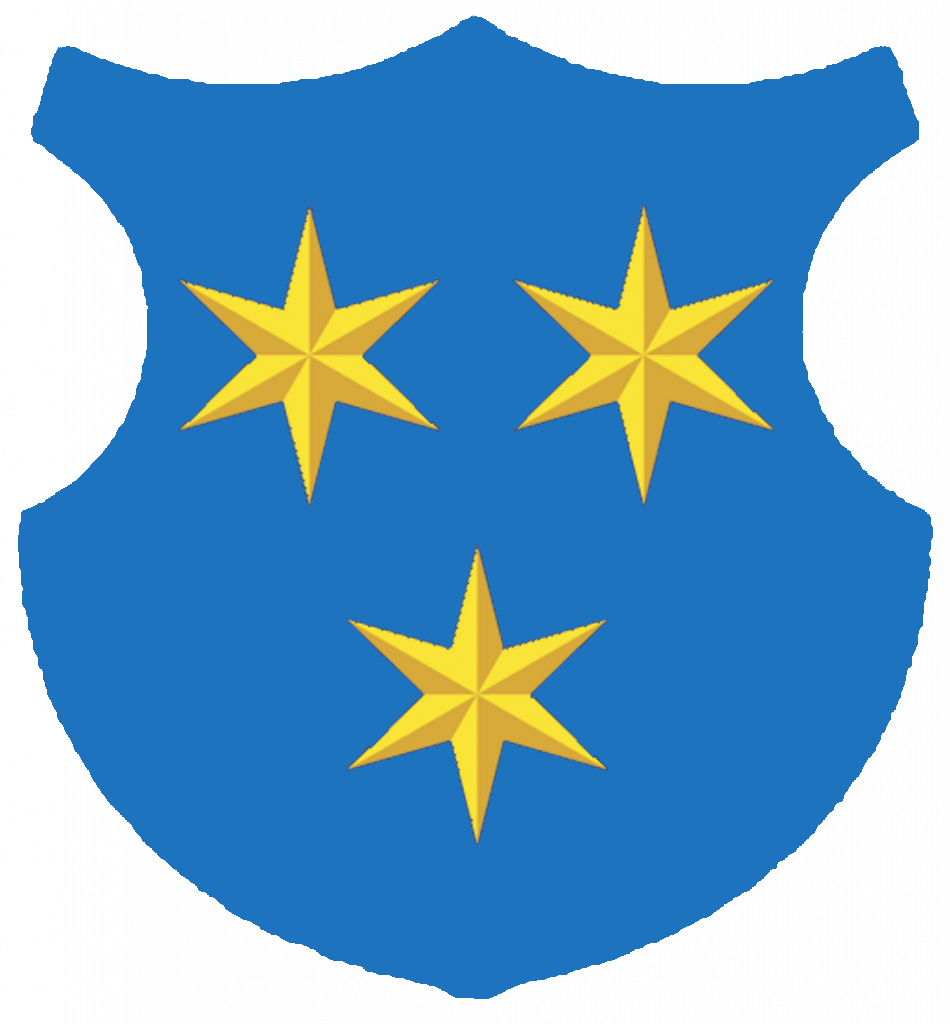“WE HEREBY CONDEMN ANY AND ALL FORTUNE-TELLING, WITCHERY…”
Instructions issued to the priests of the Ljubljana Diocese in the seventeenth and early eighteenth century regarding superstition
Between 1600 and 1750 the priests of the Ljubljana Diocese were instructed how to react to the practice of superstitions in two synodal ordinances: by the last quarter of the 17th century, the ordinance entitled “On Magic and Superstition and The Types of These Practices” was issued, followed later by the “Decree Prohibiting the Distribution of Papers for Healing Amongst the Populace.” The article presents the contents of both documents, and the context in which they were created. A comparison of the contents of both documents (and partly of their style) gives an insight into the general mental background of the time.
HOW BIG WERE THE PETTY THEFTS OF MATEVŽ KAUČIČ
The importance of judicial protocols for understanding the life of an individual and for creating the public image of a criminal in the eighteenth century
In the 18th century, judicial protocols evolved in accordance with precisely defined rules of criminal law and were strongly influenced by the interrogators. A critical reading of the historical source discussed in this article, in which all rules and elements of material and formal criminal law are taken into consideration, enables us to follow the life of Matevž Kaučič. In his youth, Matevž played numerous roles: his family renounced him, he was a beggar and a herdsman, a cheerful fellow and a drunkard, and occasionally a thief and idler, and a man who travelled great distances. Short descriptions of his thefts reveal the numerous skills he used to survive and to circumvent the various formal and informal means (established by patents and ordinances) of supervising individuals and the community in effect in his time.
NAPOLEON AND THE CARNIOLAN HORSES
In the time of the French occupation from 1809 to 1813, a large part of Slovenia was incorporated into the Illyrian Provinces. This was a special state formation in which predominantly French law was in effect. The institutions in the Illyrian Provinces were under the jurisdiction of the decrees of the French ministries. The capital of the Provinces was Ljubljana, where a Governor General was appointed, who controlled the Provincial administration and judicial system and also saw to military affairs. The Illyrian Provinces comprised six civilian provinces and one military province, headed by intendants. The borders of the provinces were similar to the old borders of the lands (Länder), which the Napoleonic Empire also kept at the lower administrative unit level, i.e. in the districts. The Gorenjska region was a part of the District of Ljubljana, the Dolenjska a part of the District of Novo Mesto, and the Notranjska a part of the District of Postojna. In the beginning of 1813 another district, which had its headquarters in Kranj, was established. The districts were led by sub-delegates. The French Empire also had lower administrative units, the so-called mairies (municipalities).
In the time of the Napoleonic wars the Illyrian Provinces shared the destiny of all the other French provinces – they were swept up in the struggles of war, and represented a potential for the supply of the army. The author takes as a case-study the “recruiting”, i.e. confiscation of horses in the Gorenjska region, in order to illustrate the impact that the demands of the French occupying forces had on the lives of the local population.
STRIKE – THE ONLY SOLUTION FOR THE METAL WORKERS OF JAVORNIK AND JESENICE IN 1935
The influence of the Great Depression could still be felt in Slovenia in the mid-1930s. In the time of the great strike of the metal workers of Javornik and Jesenice, the Kingdom of Yugoslavia was still economically and politically unstable. The most important branch of the economy was still agriculture. The owners of the industrial enterprises, who were mainly foreigners, attempted to improve the conditions in the industry by increasing production, sacking numerous workers, decreasing workers’ wages, and violating several other provisions of the collective agreement.
The 1935 strike of the metal workers was only one of numerous strikes reflecting the malcontent of the working class and their struggle for better working conditions. Trade union organizers and professional organisations were the most important bodies which made efforts to regain the workers’ rights and improve the conditions that were prevalent before the strike. The ironworks in Jesenice and Javornik were an important industrial centre in the 20th century. The majority of the population there were workers, which created an even more resounding response to the call to strike, as the majority of people were like-minded.
The success of the strike depended on many factors, and to a great extent also on the company leadership. Regardless of its outcome, it was nonetheless a moment in time in which, through sheer determination and the will to fight for its rights, the working class proved to be an important factor in the history of mankind.
SLOVENIAN NAMES FOR HAPSBURG MONEY IN 19TH CENTURY
The article describes the problems with the nomenclature in Slovene for the various currencies and their corresponding coins and paper bills in circulation on the territory of the Hapsburg Monarchy in the 19th century. On the one hand, the Slovenian names for the various forms of currencies had evolved on the basis of traditional folk names, while on the other, they were influenced by the efforts of nationally aware individuals who sought to unify the Slovene literary language.

